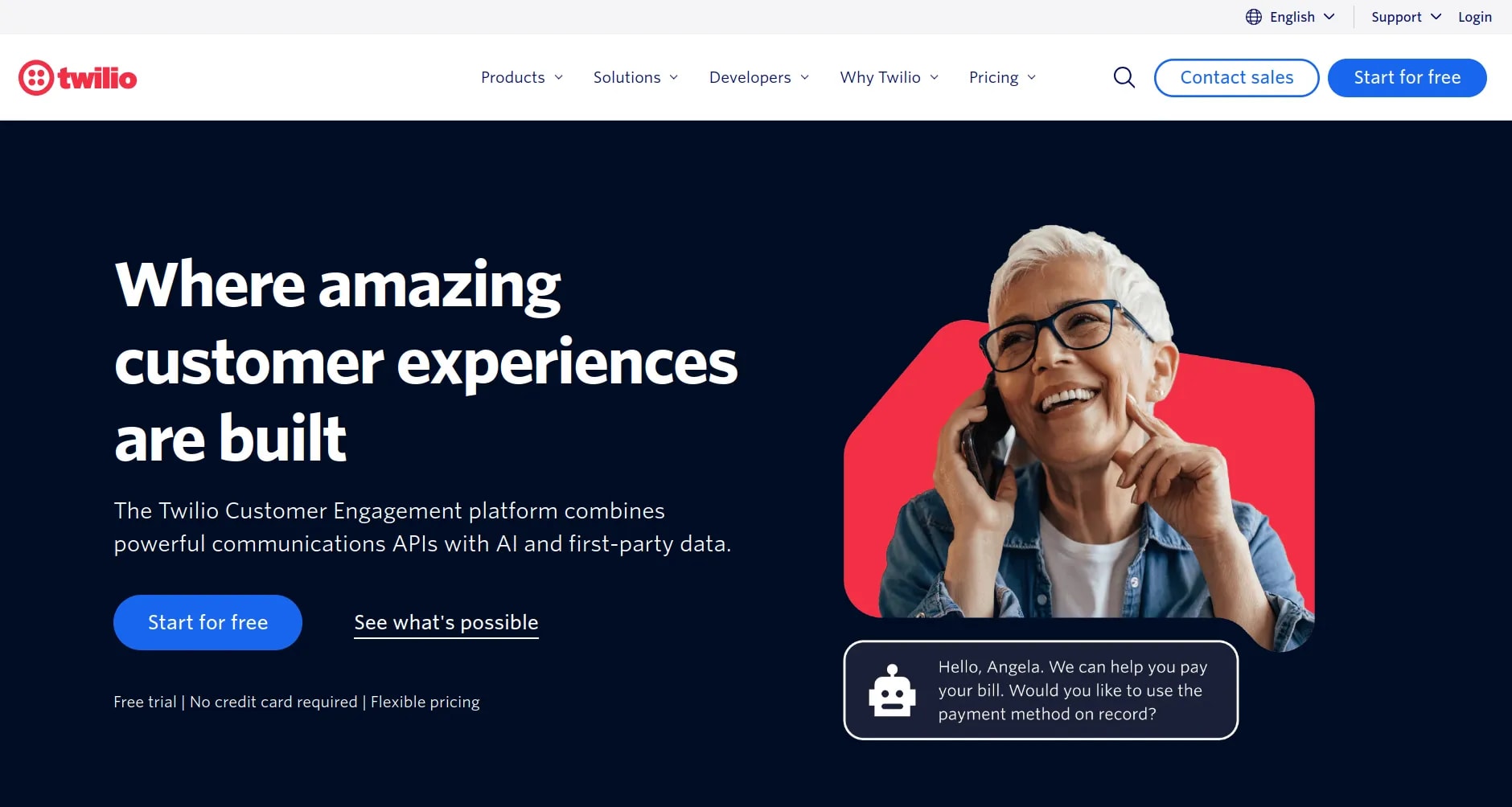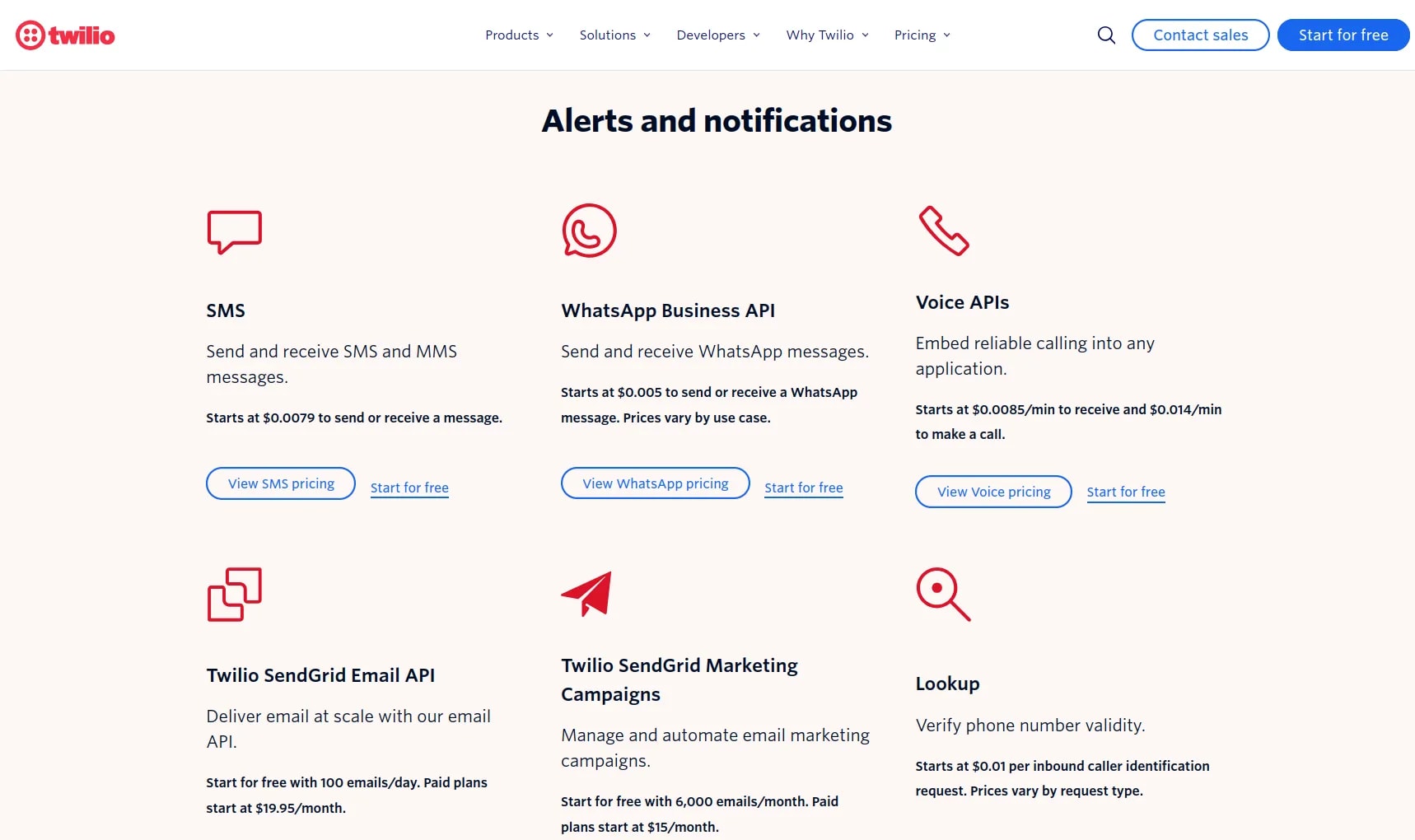Read the Pricing First
50CstineSublime
18ozziegooen
2lsusr
8Richard_Kennaway
14DirectedEvolution
6Max Niederman
8Viliam
1duck_master
11Gordon Seidoh Worley
10Gurkenglas
3Viliam
1ErioirE
6Josh Snider
4AnthonyC
New Comment
This post is a rarity: it's ridiculously concise, addresses a common problem or complaint, and is practical. I want to encourage this kind of format.
Kind of off topic, but I this leads me to wonder: why are so many websites burying the lede about the services they actually provide like this example?
Kind of off topic, but I this leads me to wonder: why are so many websites burying the lede about the services they actually provide like this example?
I heard from a sales person that many potential customers turn away the moment they hear a list of specific words, thinking "it's not for me". So they try to keep it as vague as possible, learn more about the customer, then phrase things to make it seem like it's exactly for them.
(I'm not saying I like this, just that this is what I was told)
I increasingly use tactics like this for regular human interactions. The difference is that I am okay with the person saying "no", since I am not paid on commission.
My guess is that they're for the higher-ups at the company itself, a glossy corporate brochure in front of the real website. Urgh. The gym I use has a similar sort of website, and it's really troublesome to go to it with a definite question like "when is the 50m pool open this week?" and extract an answer.
It might also be for investors. Tech companies often want to position themselves as "growth companies." If a company describes itself as a bundle of concrete existing services, that feels limited. But who would dare to claim there are limits to the potential of a Customer Engagement Platform with powerful AI?
Thanks! As for why so many landing pages are like this, my best guess is that they’re optimized for purchasing decision makers who don’t really care about the actual product they’re buying, but do care a lot about higher level outcomes like “amazing customer experiences.”
do care a lot about higher level outcomes like “amazing customer experiences.”
My brain translated that uncharitably as "care about using the right buzzwords".
(Because, I don't see why there would be a positive correlation between amazing customer experiences and someone having the words "amazing customer experiences" on their website.)
This is not just limited to websites I think. In my experience, a lot of companies or organizations that charge money (e.g. hospitals, cinemas, psychologists, some physical stores) intentionally hide or at least downplay how much they charge. My guess is this is probably to work around the price elasticity of demand - if you don't even know what the price is, there's no way you can flinch away from a high price to begin with. Interestingly, most restaurants are upfront about how much they charge, which I'm guessing is because the restaurant world is far more competitive.
> be me
> want to purchase some SaaS
> go to the pricing page
> "contact sales"
> sit through 3 hours of sales meetings
> finally find out the price
> it's too expensive
> decide to build it myself
Happens more often than you would expect.
This is really helpful, and definitely a problem I've had in my line of consulting work. Not so much with hardtech - "We make better inverters" is a kind of thing that needs to be written down somewhere, and the hard part is figuring out exactly what they mean by "better." But with software, descriptions are so vague, and companies pivot a dozen times and claim a hundred target markets.
In my own conversations with people developing software platforms, one part of the reason is that at an abstract mathematical level, many problems have very similar shapes, and differ in implementation and interface details and the questions a customer wants to use the math to answer. If you just say "We can tell you where to put energy storage to make the distribution grid work better" than you're only going to get interest from utilities, and no one will realize (or believe) that the same approach will help with water and oil and gas and traffic and shipping. So instead you come up with vague words about digital logistics and routing and infrastructure solutions/insights/optimizations or whatever, and no idea what makes one company different from a dozen others.
Also: companies often lie or are confused about what parts of themselves want, need, and are willing to pay for. So pricing can only really get crystallized further into the product development process when the provider has gotten some real feedback on which of the things they could do are what real customers actually see as needs.
Curated and popular this week

